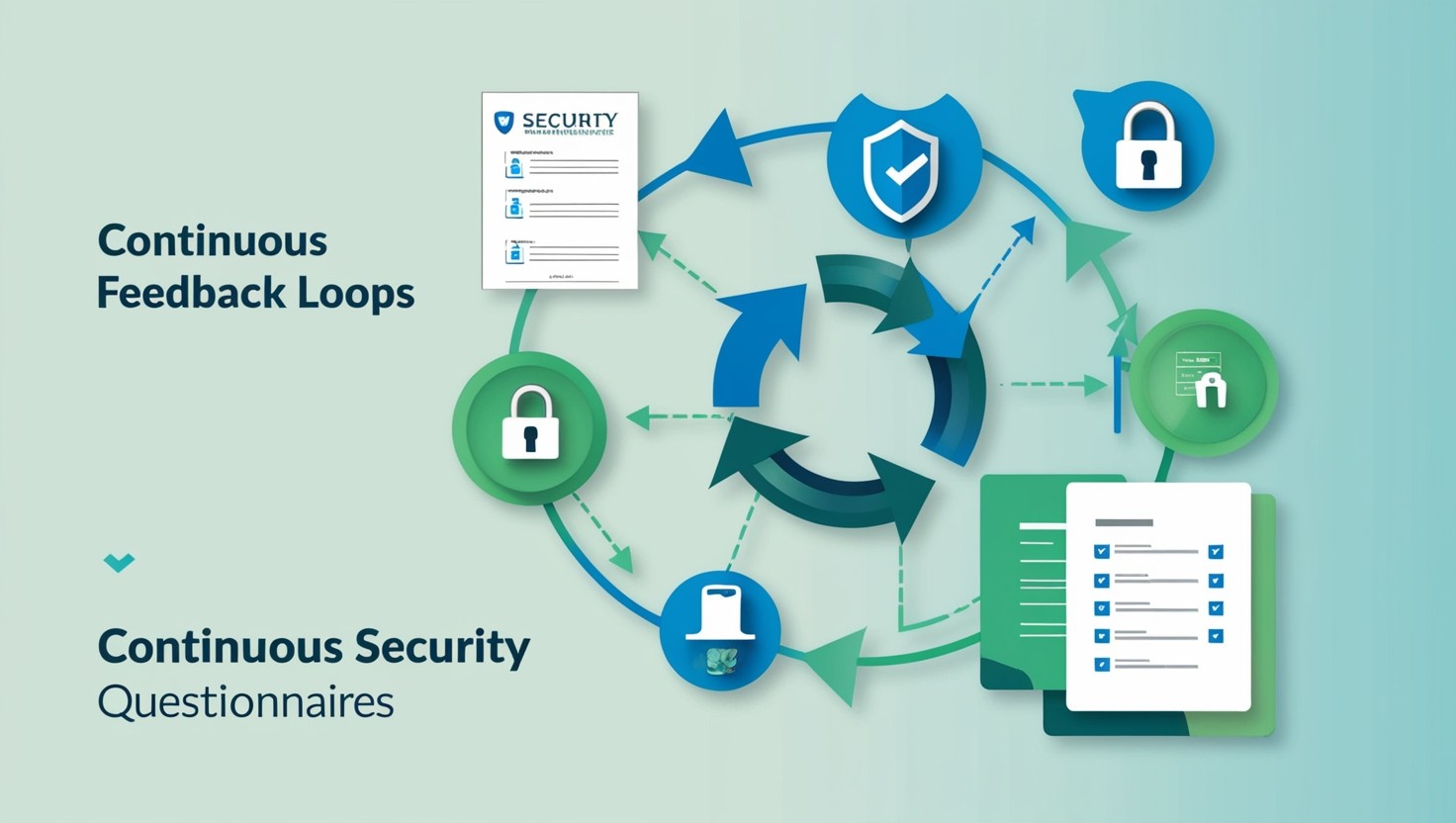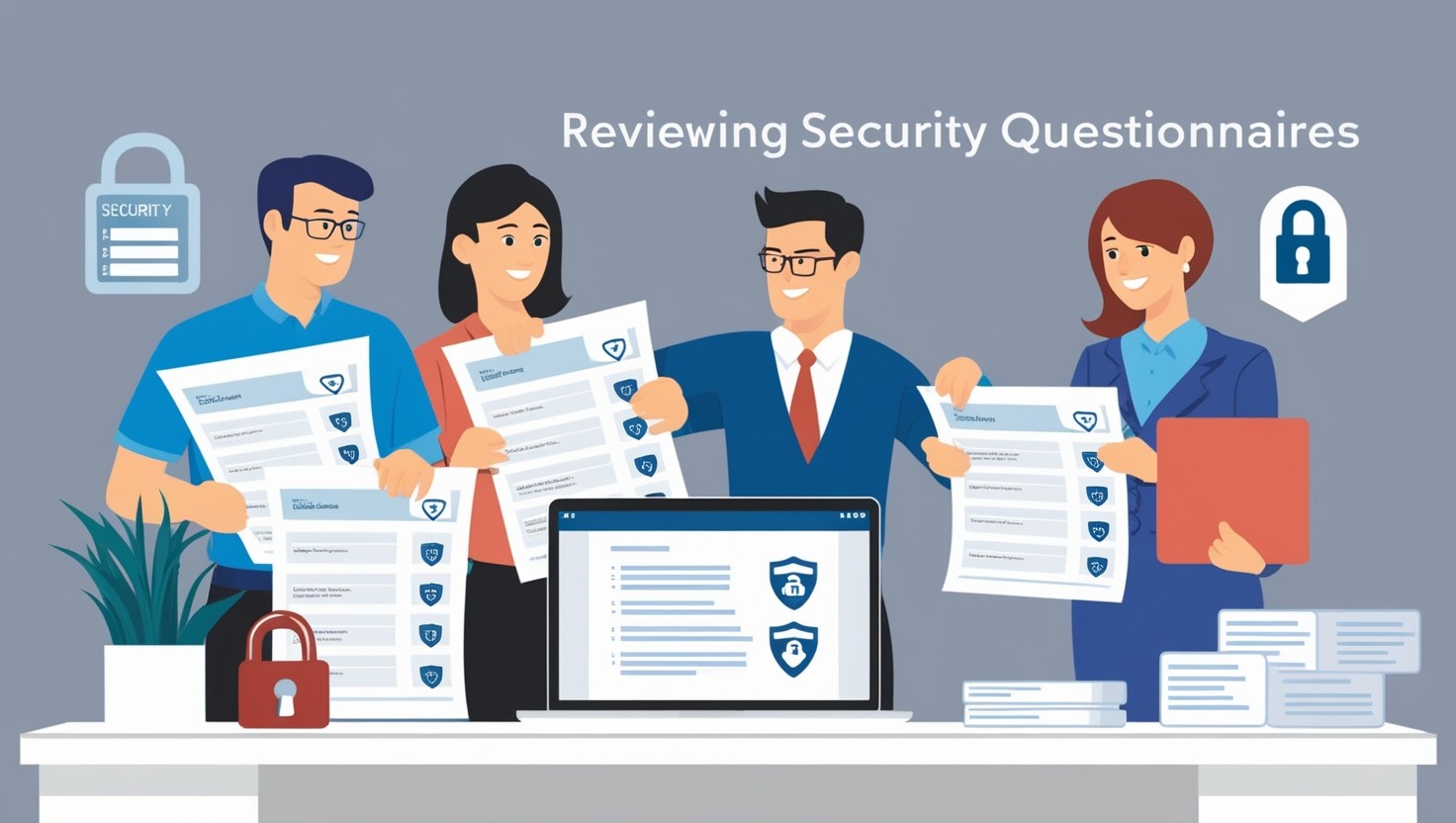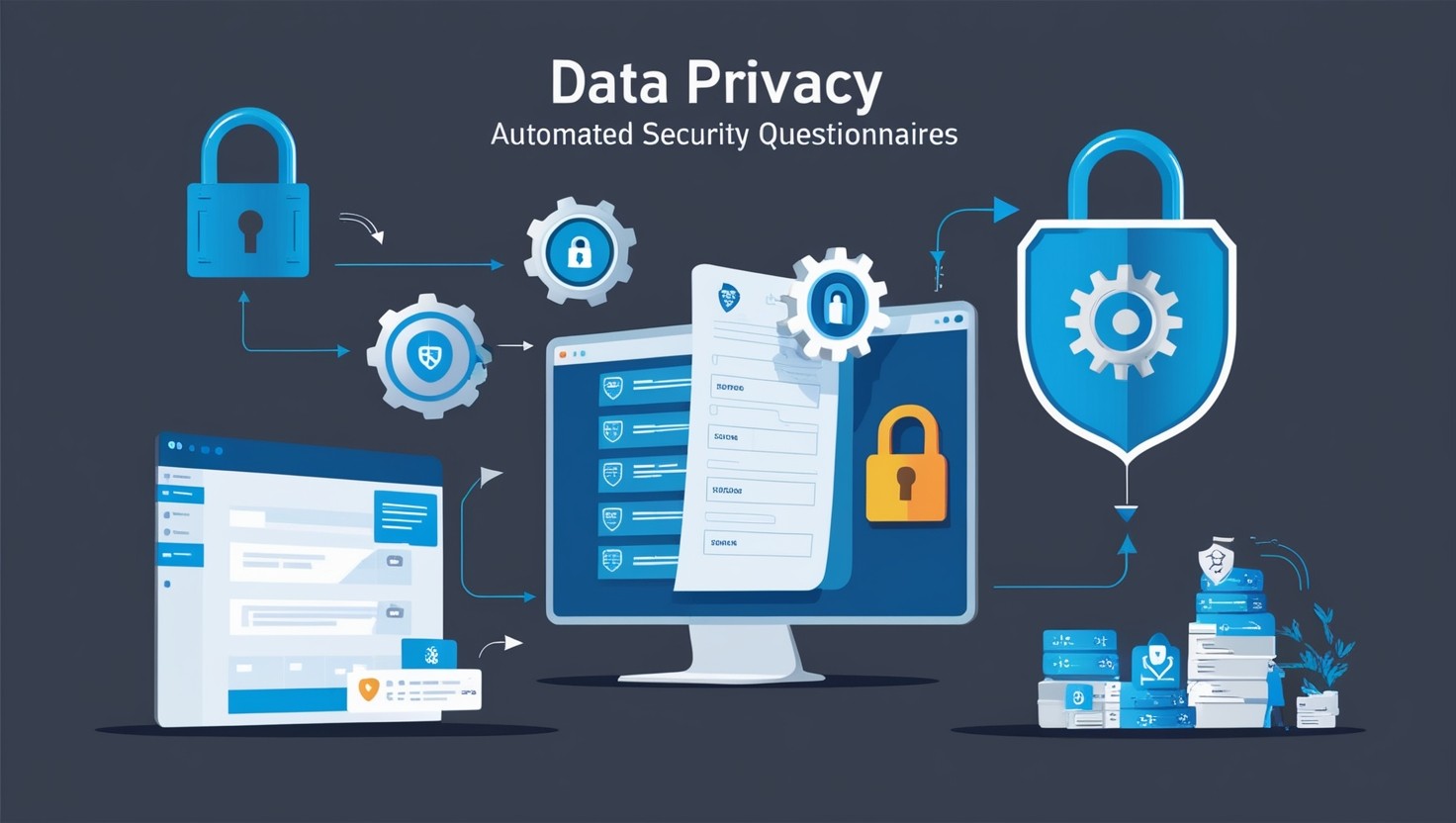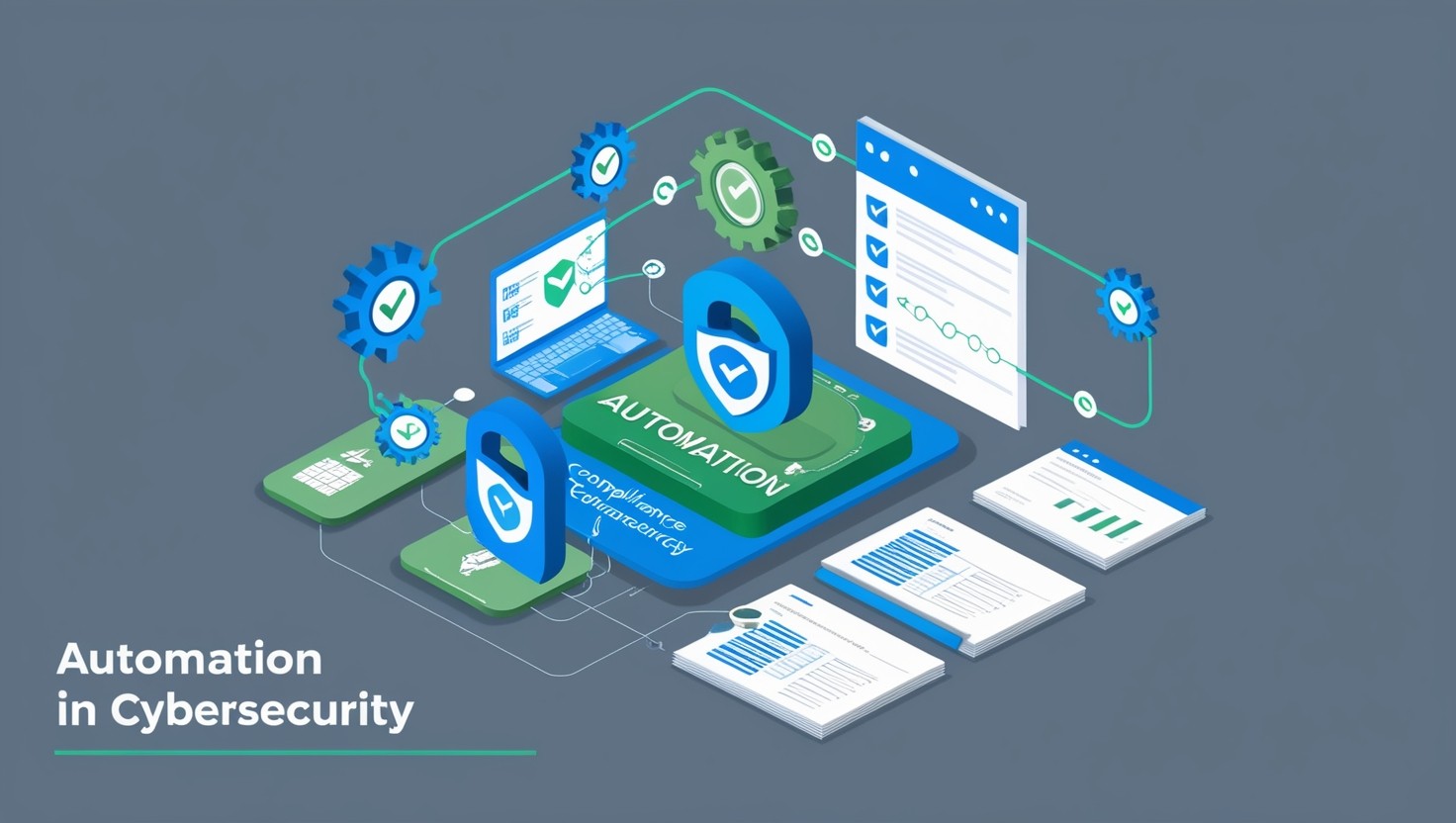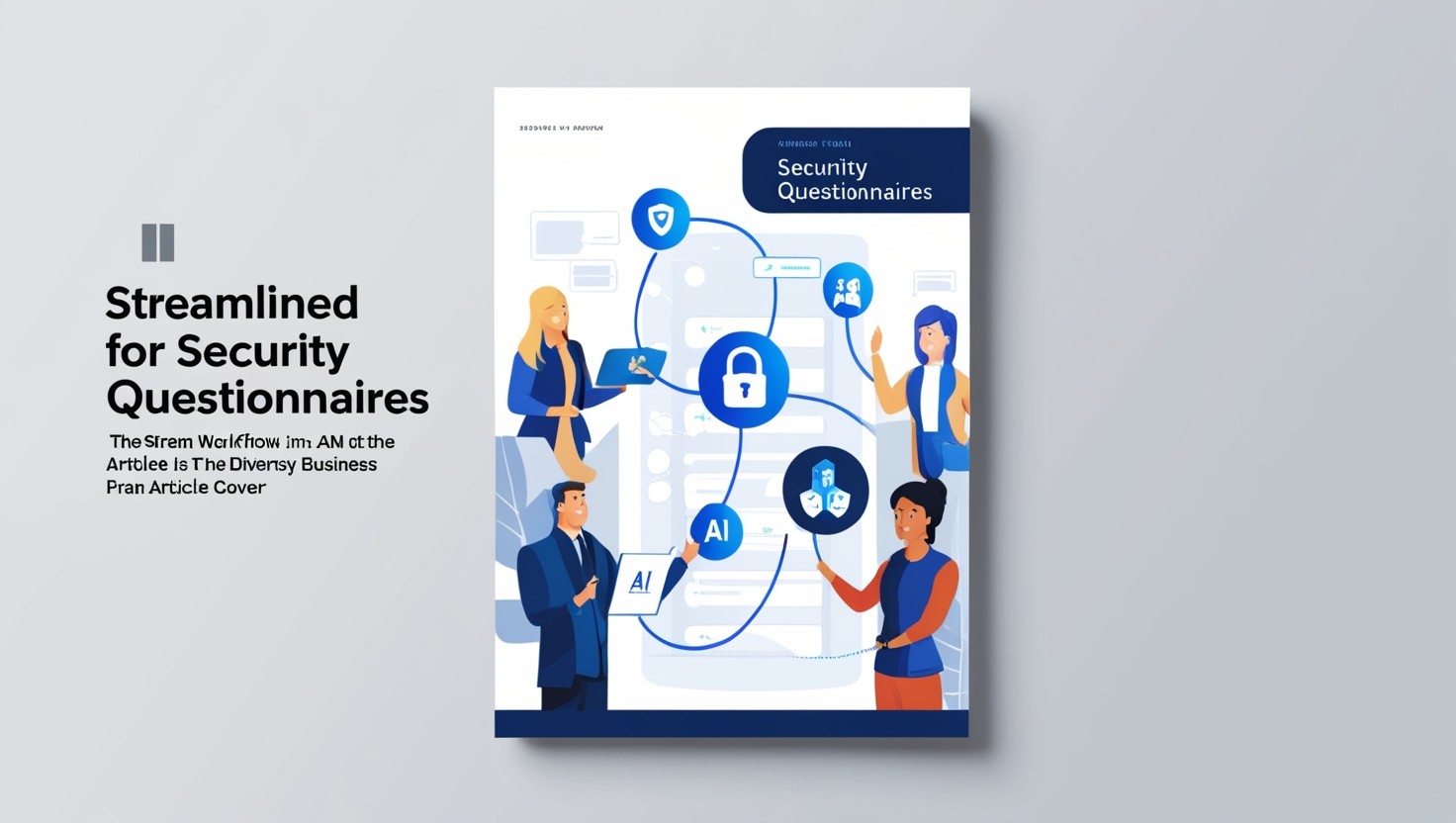Continuous improvement: making security questionnaires simpler over time
Share This Article
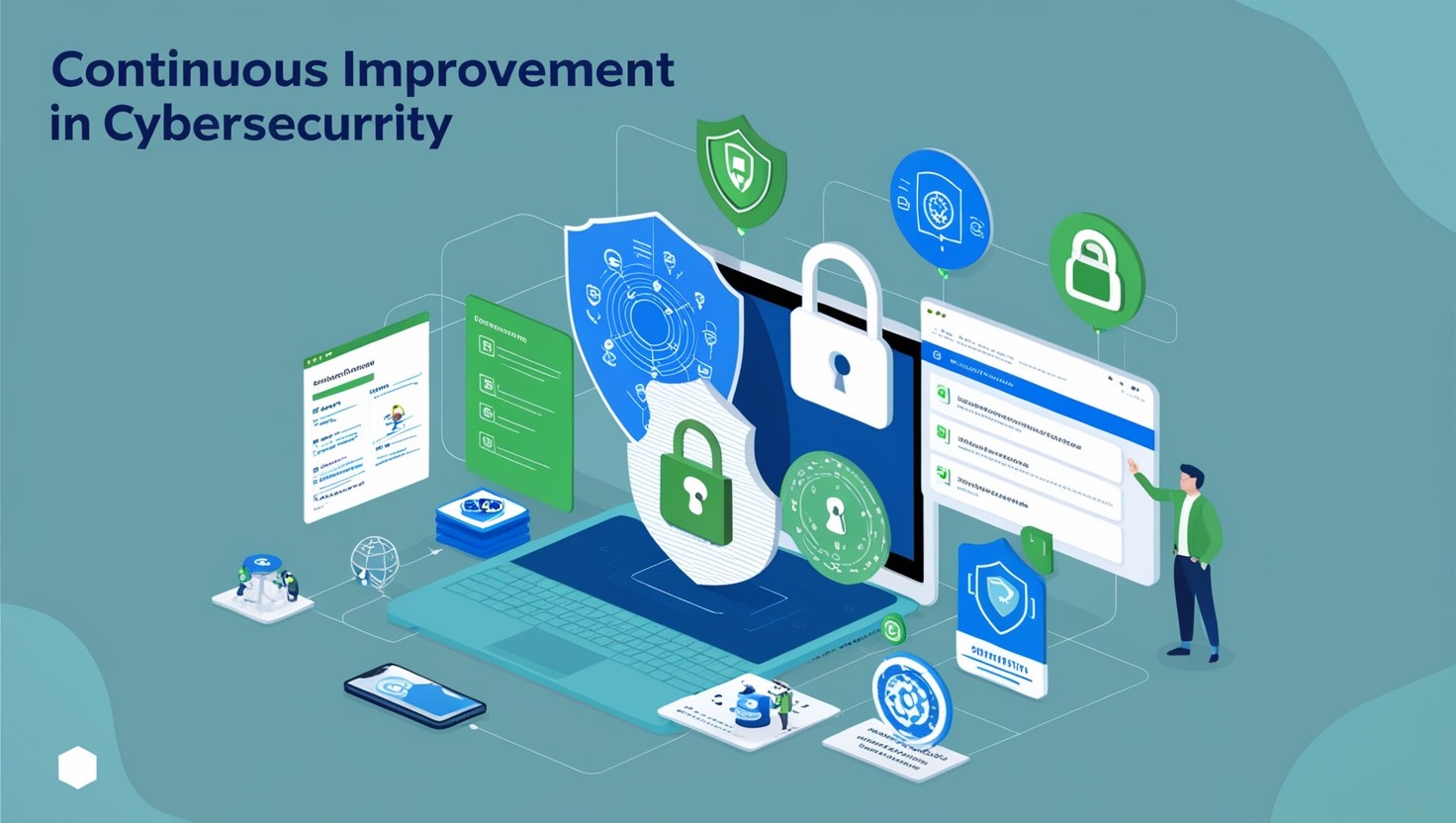
Enhancing Security Questionnaires
Continuous improvement in security questionnaires is vital for helping organizations assess and manage risk. By understanding their significance and the evolving cyber threat landscape, companies can enhance their security posture.
Importance of Security Questionnaires
Security questionnaires are a crucial tool for companies to evaluate the risk posed by their vendors. These questionnaires provide insight into vendor security gaps, assess the potential risk of suppliers going offline following cyberattacks, and ensure vendor suitability within the current threat landscape.
The key elements typically addressed in these questionnaires include:
Information Security Policies and Procedures
Security Controls and Safeguards
Data Privacy and Compliance
Incident Response and Breach Notification
Such comprehensive assessments enable organizations to establish a solid foundation for their third-party risk management programs.
For more on the basics, visit our guide on understanding security questionnaires.
Evolution of Cyber Threats
The cyber threat landscape has evolved dramatically over the years, necessitating regular updates and improvements in security questionnaires. As cyber threats become more sophisticated, organizations must continuously adapt their risk assessment processes to ensure robust protection.
Cybersecurity metrics are critical for showcasing a company's adaptability and preparedness in a dynamic digital threat environment. These metrics help organizations track and measure their cybersecurity strategies, identifying areas for continuous improvement.

Understanding how cyber threats evolve helps organizations develop more effective security questionnaires and risk management strategies. For further tips on optimizing security questionnaires, read our article on best practices for security questionnaires.
Implementing robust security questionnaires not only aids in risk assessment but also streamlines the process through automation (Vendict). Automation in security questionnaires enhances efficiency and provides proactive risk management, ensuring organizations are well-protected against potential threats.
Learn more about the benefits of automation in our section on automating security questionnaires.
Implementing Third-Party Risk Management
Effective third-party risk management is crucial in today’s cyber landscape. This involves understanding and monitoring the security practices of your vendors to ensure the protection of your organization’s data and systems.
Visibility into Vendor Risks
Visibility into vendor risks is a key factor in safeguarding an organization's cybersecurity. Security questionnaires play an integral role in evaluating these risks by assessing various elements such as Information Security Policies, Security Controls, Data Privacy, and Incident Response. Companies send these questionnaires to vendors to identify security gaps, understand potential threats, and evaluate the risk of a vendor becoming compromised.
Since 2016, half of the respondents experienced a breach due to insecure vendor relationships, highlighting the importance of continuous improvement in security questionnaires. By gathering detailed information, organizations can make informed decisions about their third-party partners, ensuring vendors have proper measures to identify and mitigate risks.

For more on this topic, see our guide on tracking security questionnaire responses.
Streamlining Cyber Risk Management
Streamlining cyber risk management involves optimizing the process of assessing and mitigating risks associated with third-party vendors. Implementing an effective third-party risk management program provides comprehensive insight into potential risks. The use of automated solutions can enhance efficiency and accuracy, enabling proactive risk management.
Automation tools for security questionnaires can significantly reduce the time it takes to review and analyze responses. This allows security and compliance officers to identify risks quickly and implement necessary measures to mitigate them. Automation also ensures that details are not overlooked, providing a thorough evaluation of a vendor's security landscape.
For a deeper dive into automation benefits, explore our article on automating security questionnaires.
By emphasizing visibility and utilizing automation, organizations can streamline their third-party risk management processes, aligning their security measures with the ever-evolving threat landscape. For more insights, read about efficiency in security questionnaires.
Advantages of Security Questionnaire Automation
Automating security questionnaires can greatly benefit organizations by improving both efficiency and ensuring proactive risk management. Below, we delve into these notable advantages.
Efficiency and Accuracy
Manual completion of security questionnaires is often time-consuming, prone to errors, and resource-intensive. This method lacks the desired consistency and presents ongoing challenges in tracking and updating responses. The shift towards automation streamlines the process, enhancing both efficiency and accuracy.
Vendict's security questionnaire automation tool, for example, completes questionnaires 50 times faster than manual methods. It leverages Natural Language Processing (NLP) to ensure precise and accurate answers every time (Vendict).
Table: Manual vs. Automated Questionnaire Completion

The data exemplifies the stark contrast between manual methods and automated processes, highlighting the superior efficiency and accuracy provided by automation tools. For further insights, visit our article on efficient security questionnaires.
Proactive Risk Management
Beyond enhancing efficiency, automation in security questionnaires serves as a proactive measure against potential risks. Automation tools streamline the process and ensure organizations stay ahead in their risk management efforts (Vendict).
Using AI-powered questionnaire response solutions, vendors can leverage all relevant cybersecurity documentation to generate comprehensive and secure responses. This contrasts with the passive reuse of previous answers, which might omit critical information not previously captured (CORL Technologies Blog).
UpGuard's AI Toolkit is another example of a solution that applies automation technology to streamline third-party security questionnaires. This reduces completion times significantly while enhancing the quality of responses (Source).
For additional resources and best practices, check out our articles on proactive risk management and tracking security questionnaire responses.
Investing in automation tools not only optimizes the efficiency and accuracy of security questionnaires but also reinforces an organization's proactive stance in risk management. To explore more about the automation journey, visit our guide to automating security questionnaires.
Leveraging AI for Questionnaire Automation
In the realm of security questionnaire automation, leveraging AI technology provides significant advantages that streamline the process and enhance efficiency. Here are two key benefits of utilizing AI for automating security questionnaires: precision in responses and accelerating security assessments.
Precision in Responses
AI-powered solutions uniquely address the shortcomings of traditional methods by providing context-rich, customized responses. Unlike passive reuse, AI interprets the meanings of questions, considers context, dynamically evaluates response suitability, and evolves over time to improve response quality (CORL Technologies Blog).

For security and compliance officers, this AI-driven approach ensures that each response is tailored specifically to the questionnaire's requirements, vastly improving accuracy. AI can achieve a 95% contextual match, thereby significantly reducing the effort needed to complete questionnaires (CORL Technologies Blog).
By leveraging all relevant cybersecurity documentation and artifacts, AI provides comprehensive and secure responses, ensuring nothing is overlooked. AI-powered questionnaire responses secure data and offer transformative potential while reducing assessment volumes and improving overall cybersecurity.
Internal links for further reading:
Accelerating Security Assessments
One of the most significant advantages of AI in security questionnaire automation is the ability to speed up the assessment process. Vendors adopting AI-powered solutions can see a 90% reduction in the time required per questionnaire, freeing IT resources to focus on more meaningful tasks such as obtaining cybersecurity certifications and client collaboration.

AI automation enhances not just the speed, but also the quality of security assessments. By applying automation technology, as demonstrated by UpGuard's AI Toolkit, third-party security questionnaires are completed more swiftly and with higher-quality responses.
AI-based solutions not only accelerate the process but also ensure that assessments are thorough and precise, making them an invaluable tool for reducing time to complete security questionnaires and improving security questionnaire experience.
Internal links for further reading:
By embracing AI technology for security questionnaire automation, organizations can achieve continuous improvement in their processes, enhancing both efficiency and accuracy. This advancement allows security officers, IT managers, and SaaS startups to stay ahead in a constantly evolving cybersecurity landscape.
Enter your email to start accelerating your sales today.


